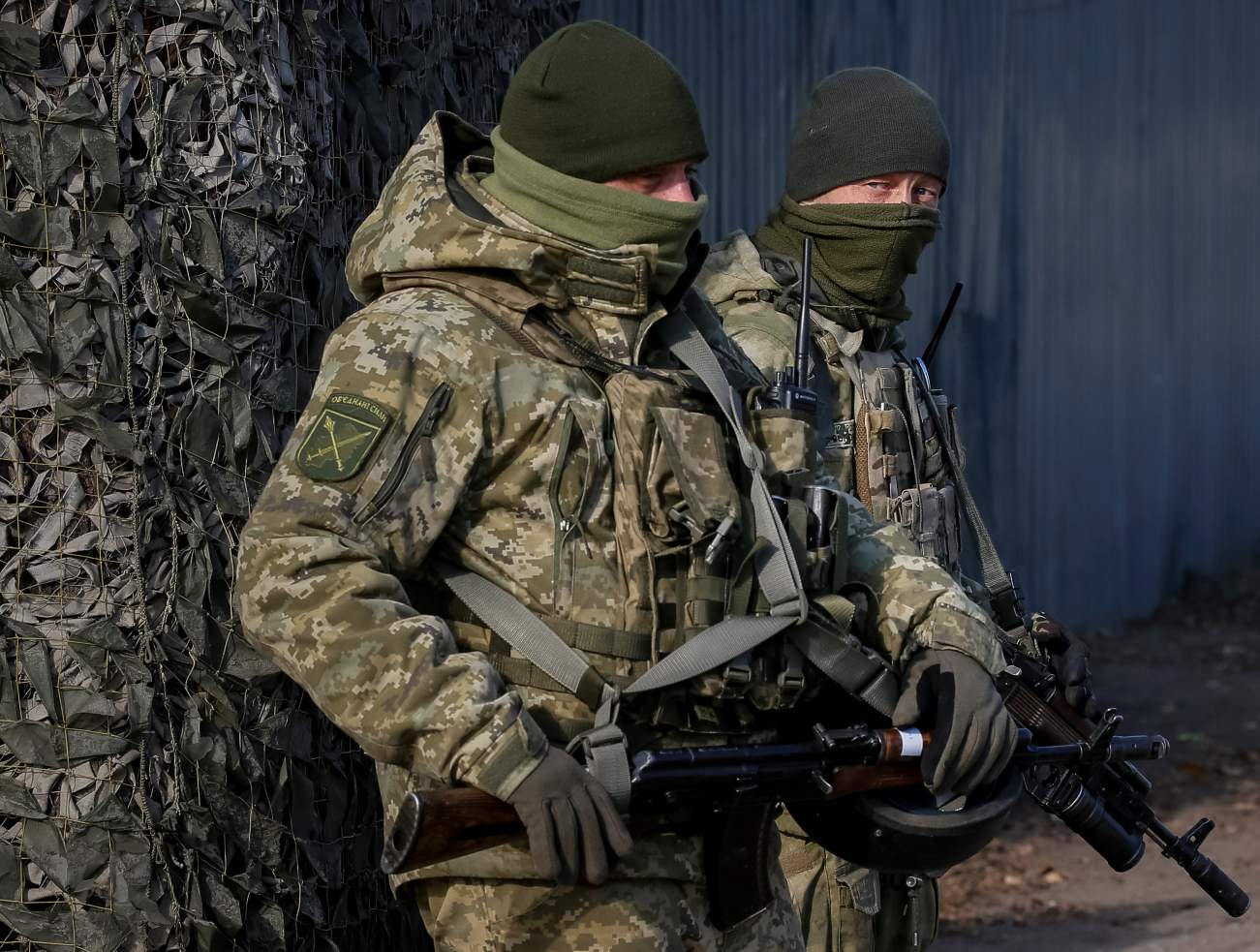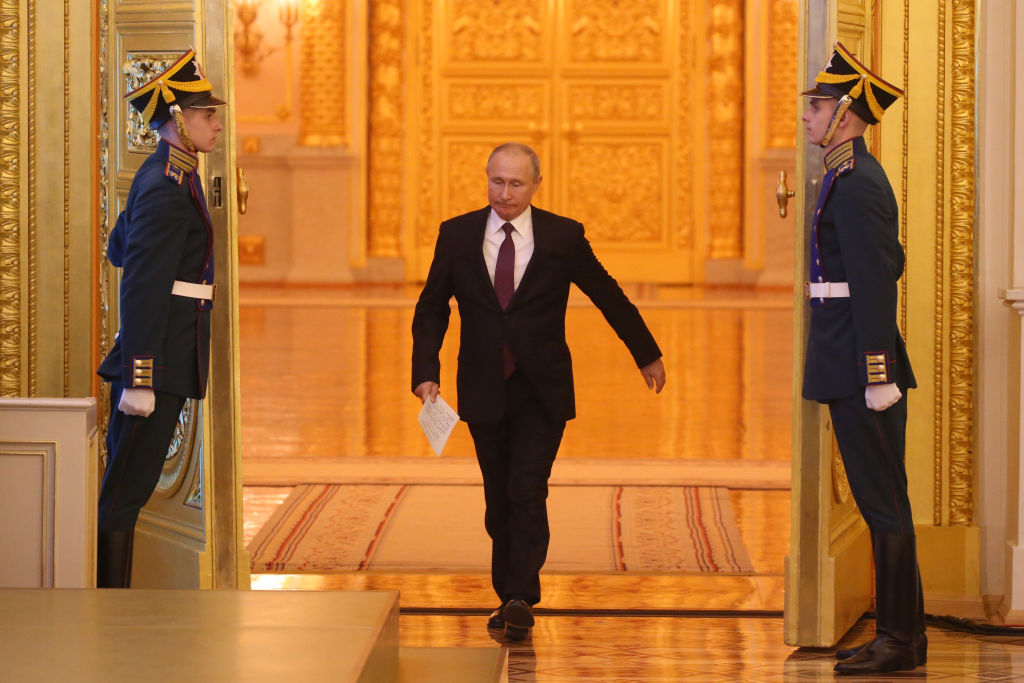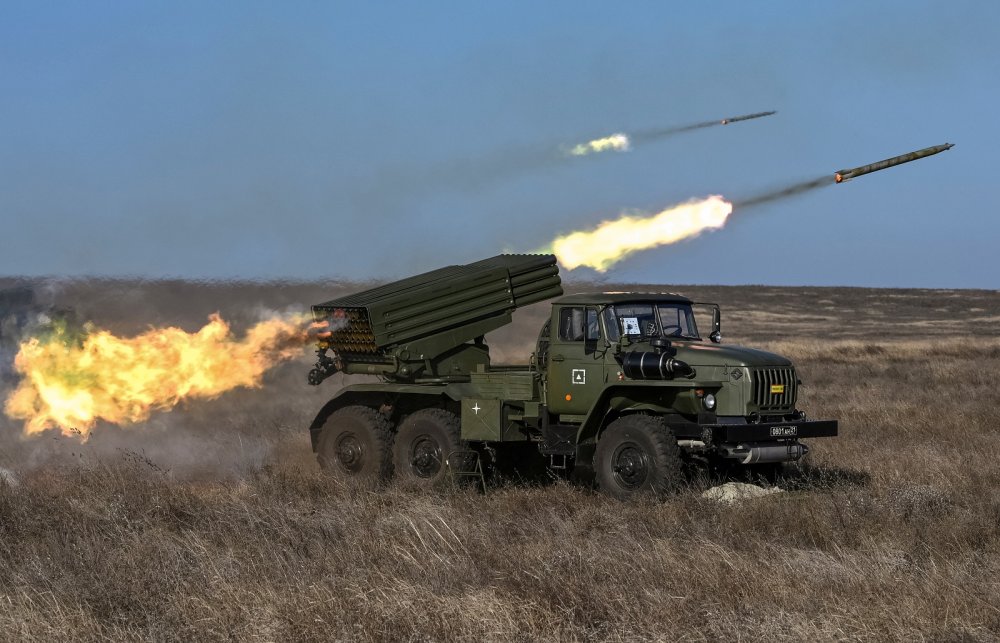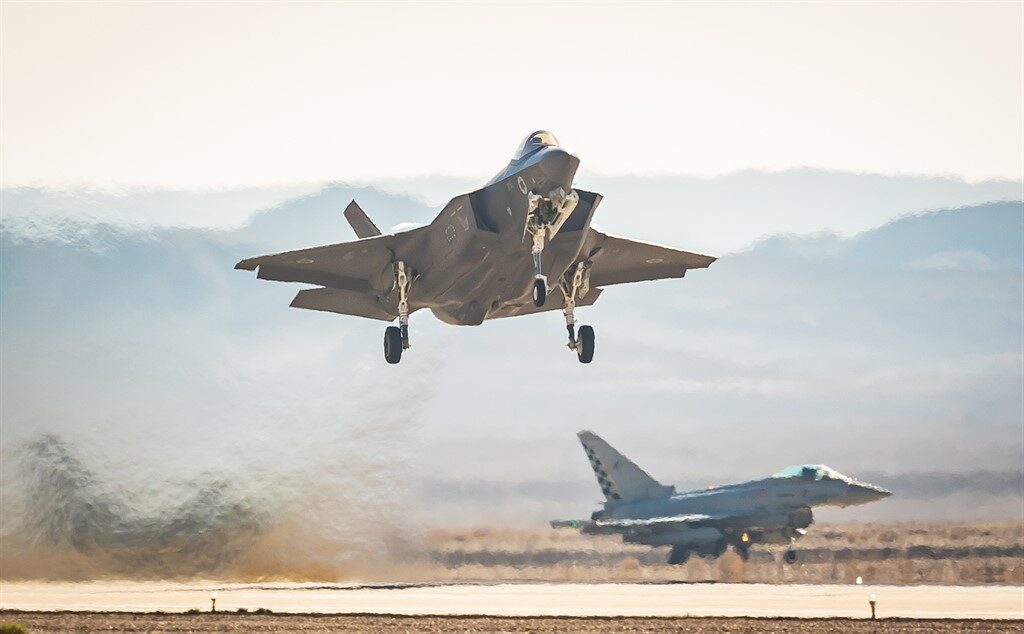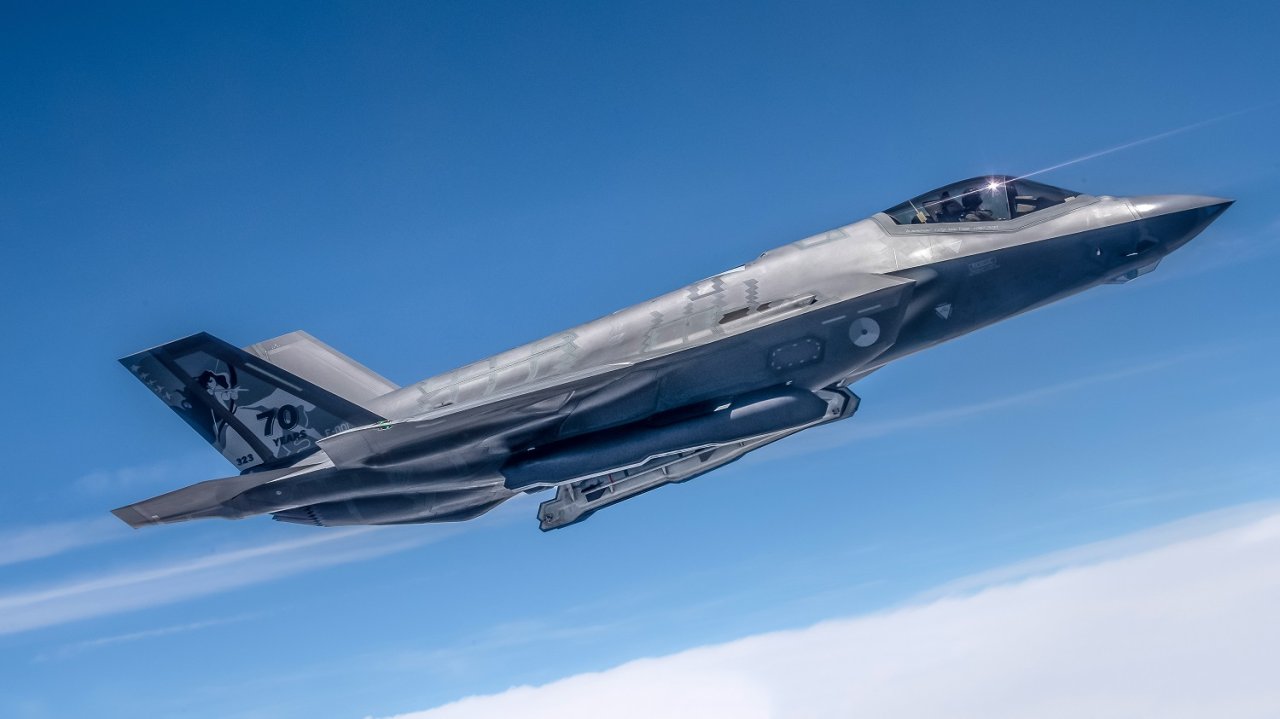By Ankit Panda
In a statement on Sunday, the Taiwanese Ministry of National Defense announced that a Chinese People’s Liberation Army Navy aircraft carrier transited the Taiwan Strait in a southerly direction. The carrier appeared to have been the Type 002, the first indigenously designed conventional Chinese carrier, which is expected to enter formal naval service with the PLAN later this year or in early 2020.
According to the Ministry’s statement, the Chinese vessel was reportedly trailed by a U.S. Navy and Japanese Maritime Self-Defense Force vessel. The short statement did not include details on which U.S. or Japanese vessels were involved in pursuing the Chinese carrier.
The Taiwanese military scrambled fighters and ships to “ensure national security,” the Ministry of National Defense said.
Japan’s Maritime Self-Defense Force did not clarify which vessel was involved. A MSDF spokesperson cited by Channel News Asia said “he had no information about the movement of the Chinese carrier or any Japanese ships nearby.”
The transit of the Taiwan Strait came shortly after Taiwanese President Tsai Ing-wen announced that William Lai, a prominent pro-Taiwan independence voice, will be her running mate in the 2020 elections.






